19+ Invasive Aquatic Plants
Aquatic Weed ID Hydrilla Hydrilla verticilata. Native species are sometimes considered invasive if they colonize a site rapidly and eliminate the chance for plant biodiversity.

10 Invasive Pond Plants You Need To Know
Aquatic invasive animals include insects fish reptiles mollusks crustaceans and amphibians.

. Aquatic invasive plant management. Web Aquatic Weed ID Submersed plants with whorls of single leaves Highly variable. It has alternating leaves that curl downwards and forms a dense mat up to three feet thick.
Hyacinth but plant generally smaller Most leaves are thickened or keeled and with crisp spongy-foamy layer that provides floatation In hyacinth floatation is in. Hydrilla also known as waterthymes was first found in. Hydrilla completely chokes out our waterways and impacts all the things we enjoy said Michael Greer USACE Buffalo District project manager.
Web According to the US. Many aquatic invasive species - including plants fish and mussels - can. The stems grow up to 20 feet long with J shaped curve.
Woody plants aquatic plants and recommends native and non-native plants that have the same form or function as the undesirable species but are not. Web Invasive aquatic plants are plants that have been introduced into the United States from other parts of the world that have adapted to growing in around or near water. Native species or non-native species may show invasive traits although this is rare for native species and relatively common for non-native species.
African oxygen weed Brazilian Elodea. View the poster PDF opens in new tab or look for it on display in a CDFW office or hatchery. A species whose presence in the environment causes economic or environmental harm or harm to human health.
CAES IAPP surveys have found nearly 100 native species and 13 invasive species Figure 1. Web Shiawassee National Wildlife Refuge and partners are empowering people to fight aquatic invasive species. Aquatic plants also called hydrophytic plants or hydrophytes are plants that have adapted to living in or on aquatic environments.
Aquaculture tourism recreation shipping and hydropower facilities may also be adversely impacted by biological invasion. Web Scientists are working to control an invasive species that is posing a threat to the Connecticut River. Web In the United States invasive species cause an estimated 123 billion dollars in damage and costs every year to things like agriculture and public health but also sport fishing hydropower facilities municipal water supplies and the aquaculture industry.
Web Invasive Aquatics. Can lead to the extinction of native plants and animals permanently alter habitats and imperil public health. Web The site targets specific regions of the state or growth forms of invasive plants e.
Web Lagarosiphon major Prohibited in Michigan African oxygen weed is a dark green submerged aquatic plan. Web Because of their great growth potential invasive aquatic plants can block navigation channels irrigation ditches and water intake pipes and they can reduce aesthetic and recrea tional value of water bodies affecting tourism. Other aquatic invasive organisms include pathogens disease-causing organisms such as molds fungi bacteria and viruses.
Seaweeds are not vascular plants but multicellular marine algae. Web Aquatic Invasive Species Identification Poster. Web Invasive species.
Web Aquatic plants may invade both marine and freshwater environments including habitats such as wetlands lakes rivers estuaries coastal zones irrigation systems hydroelectric systems and aquaculture facilities Anderson 2011. Geological Survey invasive hydrilla was first imported to the United States in the 1950s for use in aquariums and was subsequently discarded into waterways in Florida. Would you like a copy of the.
Aquatic vascular plants can be ferns or angiosperms from a variety of families including among the monocots and dicots. Freshwater plants and seaweeds. Aquatic invasive species are a growing risk for national park resources and values.
In the United States there are more than 250 non-native aquatic species from other continents and over 450 non-natives within North America that have been moved outside their native habitats. This can negatively impact native wildlife populations that feed on these native plants. Web Identifying of many of Connecticuts freshwater aquatic plants is challenging.
They run a ton of tests and studies to come up with their list and Ive included some of the details below. The Invasive Species Program has developed an outreach poster to aid in the identification of six invasive species that threaten Californias freshwater environments. Aquatic invasive species can drive out and eat native plants and wildlife spread diseases and damage infrastructure.
These do not include many of the wetland plants in this guide because our surveys are limited to lakes and ponds. Early detection of aquatic invasive plants. Web Aquatic invasive plants include algae floating plants submersed plants and emergent plants.
Web Susan Pasko PhD. Army Corps of Engineers Buffalo District is on a mission to fight hydrilla an aggressive plant species that has wreaked havoc from Asia to every continent except Antarctica. Web Freshwater ecosystems are particularly vulnerable and the impacts of invasive alien aquatic plants can be major including threats to biodiversity by direct competition changes in physicochemical characteristics and in water flow blockage of irrigation canals and of recreation areas etc.
Hydrilla an invasive aquatic plant was first detected in the river in 2016. Web In Japan 19 taxonomic groupsof which about half are aquatic specieshave been designated as invasive alien species which means raising importing transferring releasing sowing andor planting these species are strictly regulated Japanese Ministry of the Environment 2021. It has been.
Web This study seeks to assess the feasibility of masking the effects of eutrophication by leveraging the allelopathic effects of invasive aquatic plants in freshwater ecosystems. Web An invasive aquatic plant is taking over the Connecticut River and scientists are putting red dye in the river to figure out a solution. Web Invasive Aquatic Plants.
Web The following 39 plants are the most invasive species in California as ranked by the California Invasive Plants Council. Web Aquatic plant invaders form dense mats of vegetation that block sunlight and prevent native plants from growing. When invading aquatic plants begin to die the plants consume oxygen in the water and create an inhospitable environment for native aquatic species.
Aquatic Weed ID.

Invasive Non Native Aquatic Plants Nidirect

Invasive Garden Plant Species Wwt
Aquatic Invasive Plants
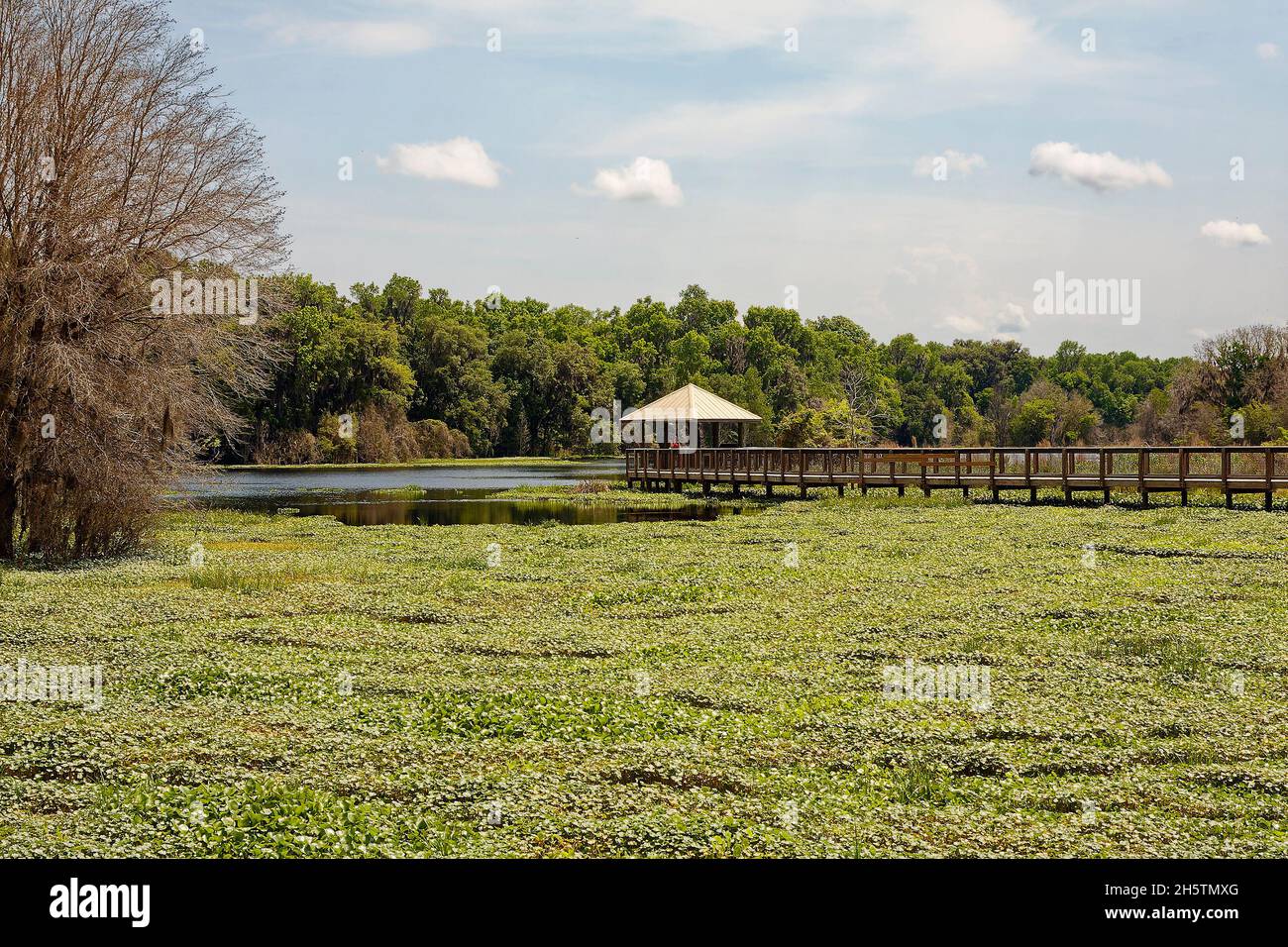
Invasive Aquatic Plant Hi Res Stock Photography And Images Alamy

Invasive Aquatic Plants Integrated Aquatic Vegetation Management Plans Iavmp The Watershed Company

Invasive Aquatic Plant Can Threaten Waterways Alabama Living Magazine

Invasive Aquatic Plants Maine Department Of Environmental Protection
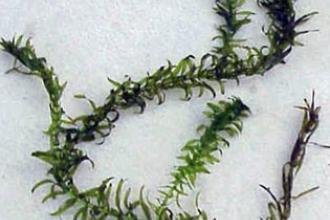
Aquatic Plants National Invasive Species Information Center

Invasive Aquatic Plant Is Spreading In Michigan Lakes And Rivers

Fragile Invasive Weed Threatening Ecosystems Of Lakes And Ponds
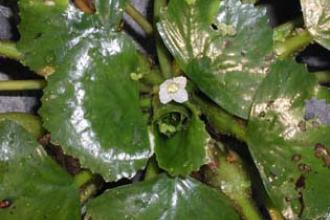
Aquatic Plants National Invasive Species Information Center

Invasive Aquatic Plants Invasive Species Centre
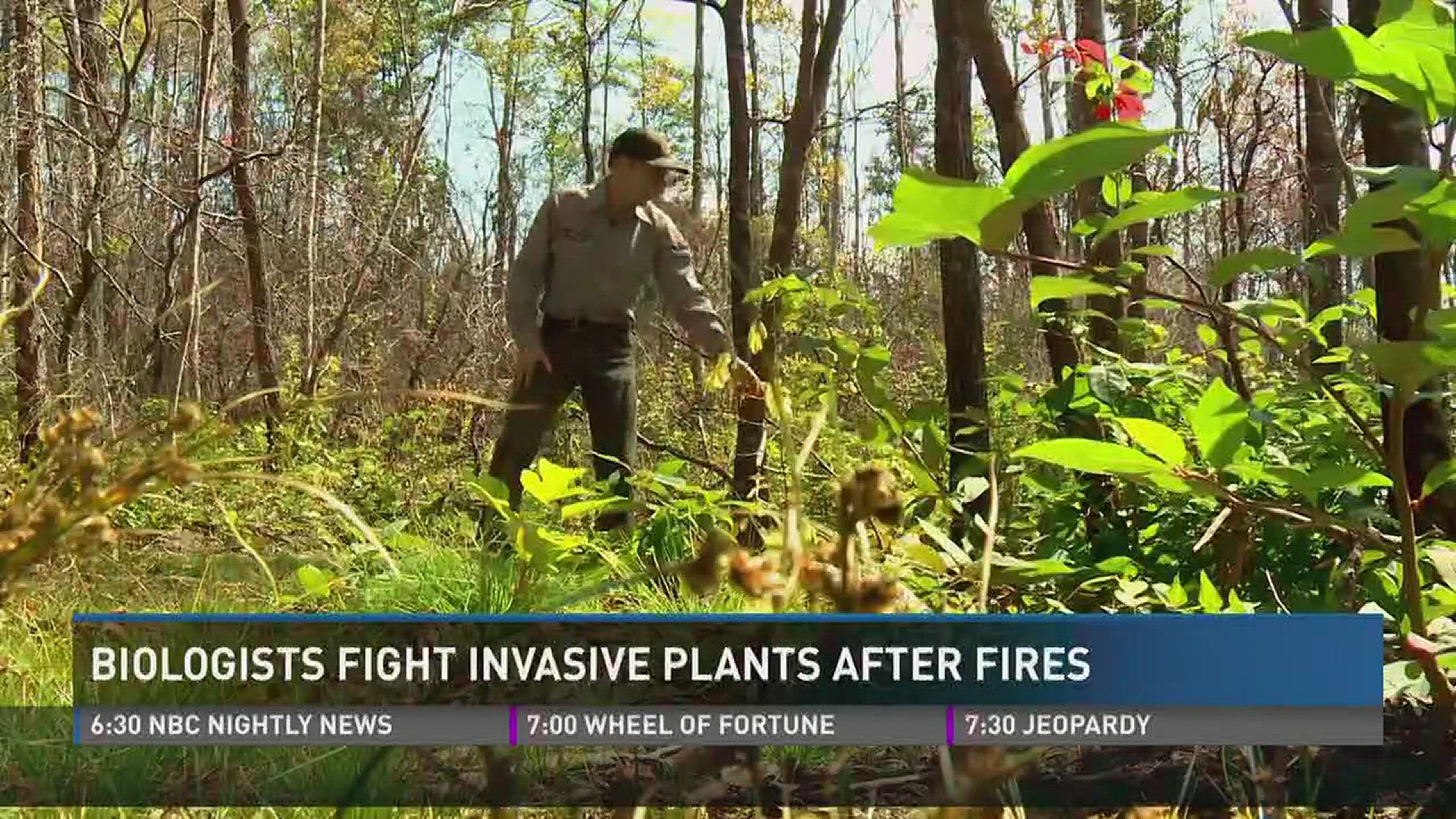
Pest Plants Invade Smokies Wildfire Areas Wltx Com

Invasive Aquatic Plants
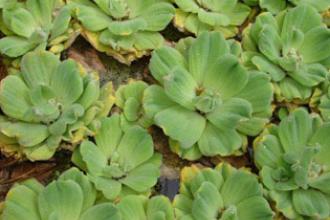
Aquatic Plants National Invasive Species Information Center
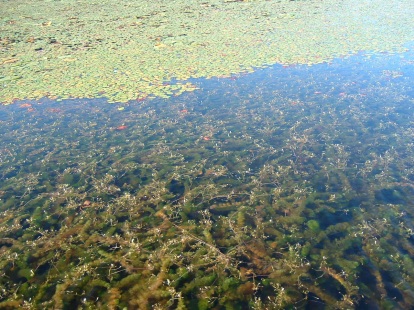
Least Wanted Aquatic Invasive Species In Michigan Inland Lakes Msu Extension

10 Invasive Pond Plants You Need To Know